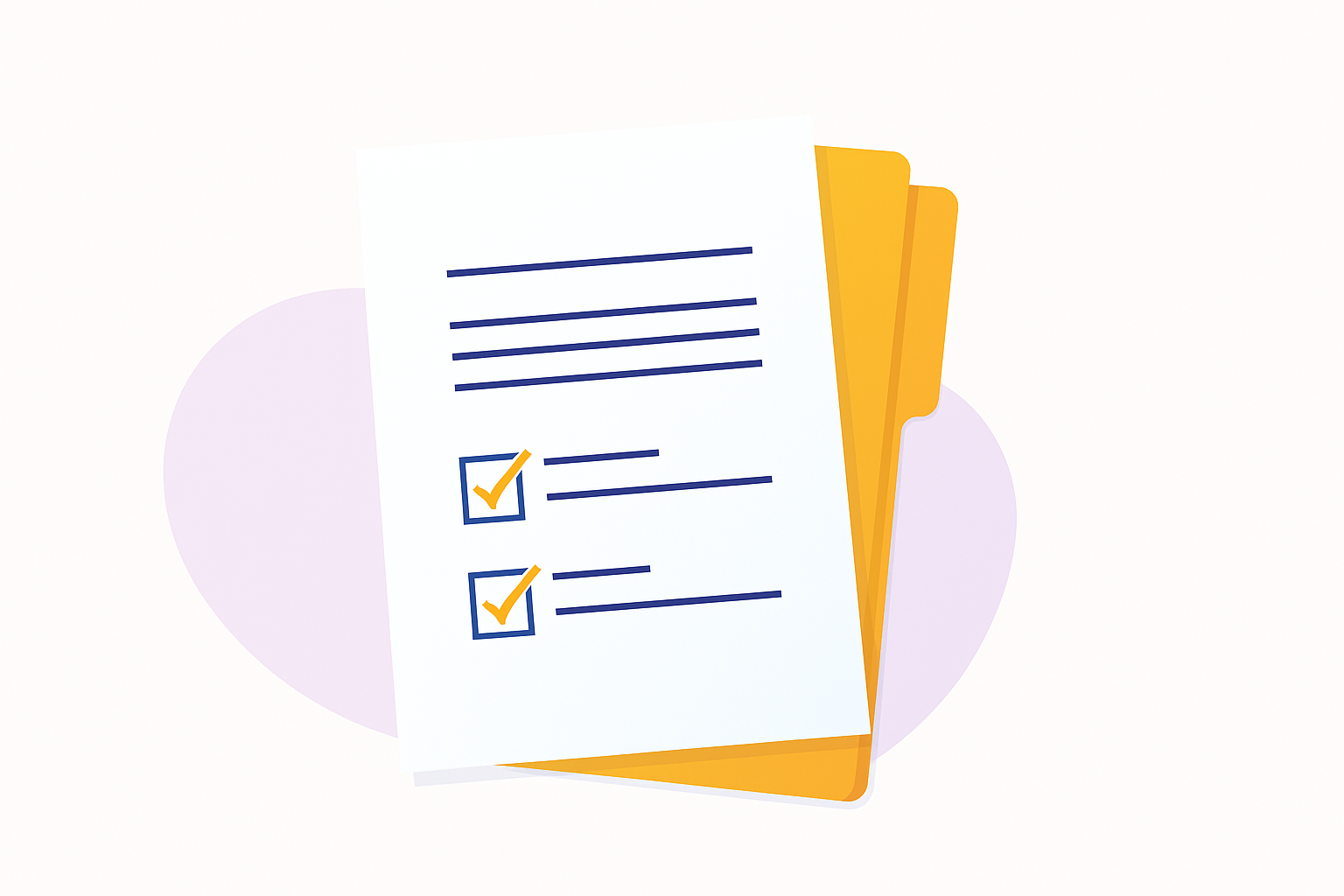In today’s ever-changing work landscape, building a strong team is more crucial than ever. Businesses are constantly adjusting to new technologies and shifting markets, and being able to adapt quickly is key to thriving and succeeding. To stay ahead, it’s essential to keep your team learning and growing, giving them the tools they need to handle these changes effectively.
Studies show just how valuable ongoing learning is. Companies that invest in thorough training programs see a remarkable 218% increase in income per employee compared to those that don’t. This figure proves that putting money into your team’s growth not only boosts your financial outcomes but also plays a pivotal role in your broader success.
Developing a tough, adaptable team through regular learning doesn’t just improve individual skills—it also drives the growth of the entire organization.

Contents
Understanding the Role of Continuous Learning in Workforce Resilience
Consistent learning is one of the key ingredients of employee resilience. By regularly updating their skills and knowledge, employees become more adaptable and ready for various tasks; such flexibility is invaluable in an ever-evolving world where change is constant. Employees who keep learning throughout their careers become better problem solvers due to new ideas they encounter being applied directly in their jobs. Which in turn enhances not only individual performance but also company agility and adaptiveness.
An engaged workforce that prioritizes ongoing learning remains abreast of industry trends, making the company competitive in its market space. Employees who feel supported in their educational pursuits tend to be more engaged and committed, which reduces turnover rates and fosters a healthier working atmosphere. With constant education comes faster adaptation to new technologies and methods; by emphasizing continual learning programs, companies create a culture of readiness and innovation within their company culture.
Investing in the Right Technology: Learning Management Systems (LMS)
To keep learning ongoing, it’s essential to pick the right tech tools. A learning management system is a top choice for this. An LMS provides a versatile platform to distribute educational content, monitor employee development, and handle training efforts. It houses a centralized collection of learning resources that employees can tap into at any time, supporting learning at their own pace. Additionally, incorporating LMS into corporate events can enhance team engagement and boost learning outcomes in a dynamic environment.
An LMS is equipped with interactive modules, evaluations, and analysis tools, allowing companies to customize educational experiences to fit particular requirements. It supports various educational formats like videos, quizzes, and simulations, accommodating different learning preferences. Using an LMS helps businesses deliver consistent, effective training and integrate continuous learning into the company’s everyday operations.
Ways to Encourage a Learning Environment at Work
You’ll need a clear plan to create a workplace that values learning. Start by setting specific learning goals that match the company’s objectives. Let employees know why these goals matter and how their learning will help the company succeed. Offer various learning tools, like online courses, workshops, and webinars, so employees can easily explore their interests.
Promote teamwork and knowledge sharing by encouraging group learning and peer mentoring. This helps improve everyone’s skills and knowledge. Also, recognize and reward employees for their educational progress to keep them motivated and reinforce the importance of continuous learning.
Integrating Continuous Learning into Daily Workflows
Adding continuous learning to daily work routines helps make it a regular part of the job. One effective way to do this is by including learning activities in everyday tasks. For example, setting aside part of team meetings to talk about new industry developments or recent findings keeps everyone up-to-date and involved. Offering chances for on-the-job learning, like job rotations or cross-department projects, lets employees gain practical experience and use new skills immediately.
Encouraging employees to set personal learning goals and allowing time for self-study during work hours can also support continuous learning. By making learning a regular and supported part of their roles, companies can develop a workforce that grows and adapts constantly.
Monitoring and Evaluating Learning Outcomes
To make sure learning programs are working well, you need to keep an eye on and review their results regularly. This means checking how training affects employee performance and helps meet company goals. By using data and feedback, businesses can track learning progress and spot where changes might be needed.
Getting feedback from employees about the training content, delivery, and overall experience can offer useful insights into how well the programs are working. This helps companies adjust their learning strategies to improve. Regular reviews ensure that the learning programs stay useful and show a dedication to constant improvement.

Final Thoughts
Continuous education is vital in today’s rapidly evolving business environment. By employing effective technologies, encouraging a culture focused on education, and including educational activities as part of daily tasks, companies can empower their employees to advance and thrive.
Keeping track of and assessing learning results ensures that these efforts lead to real gains in performance and resilience. As companies deal with today’s challenges, a focus on continuous learning will be key to long-term success and employee growth.
Shahzad Ahmad Mirza is a web developer, entrepreneur, and trainer based in Lahore, Pakistan. He started his career in 2000 and founded his web development agency, Designs Valley, in 2012. Mirza also runs a YouTube channel, “Learn With Shahzad Ahmad Mirza,” where he shares his web programming and internet marketing expertise. He has trained over 50,000 students, many of whom have become successful digital marketers, programmers, and freelancers. He also created the GBOB (Guest Blog Posting Business) course, which teaches individuals how to make money online.



